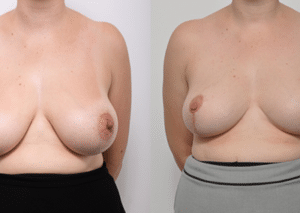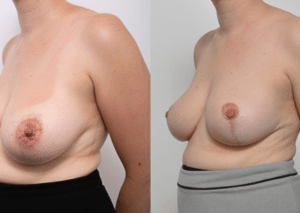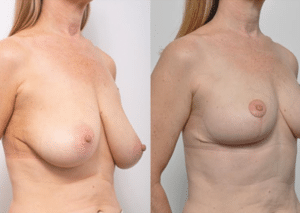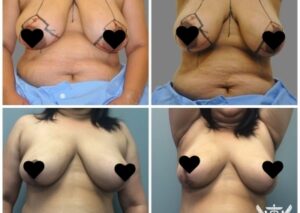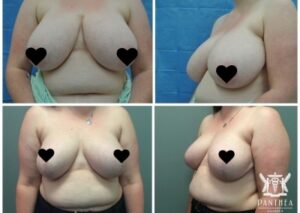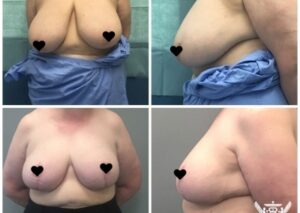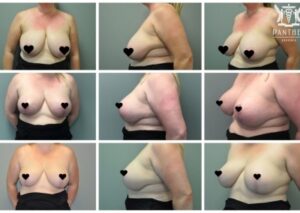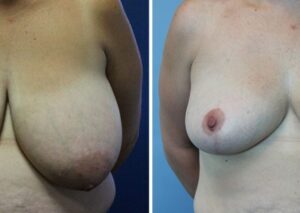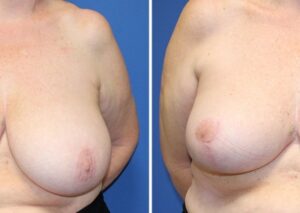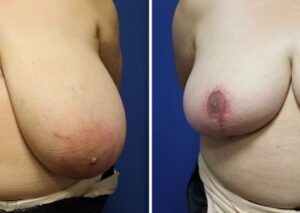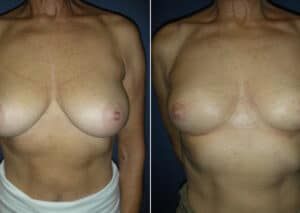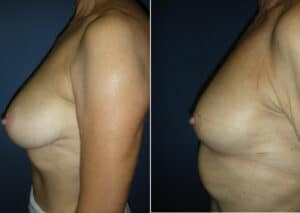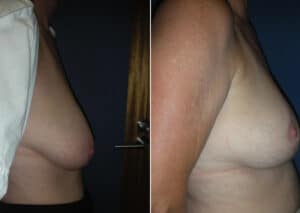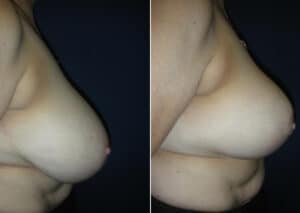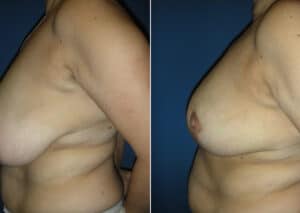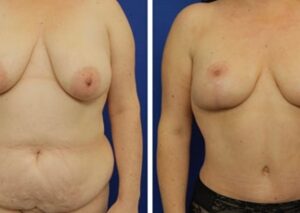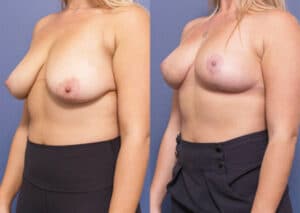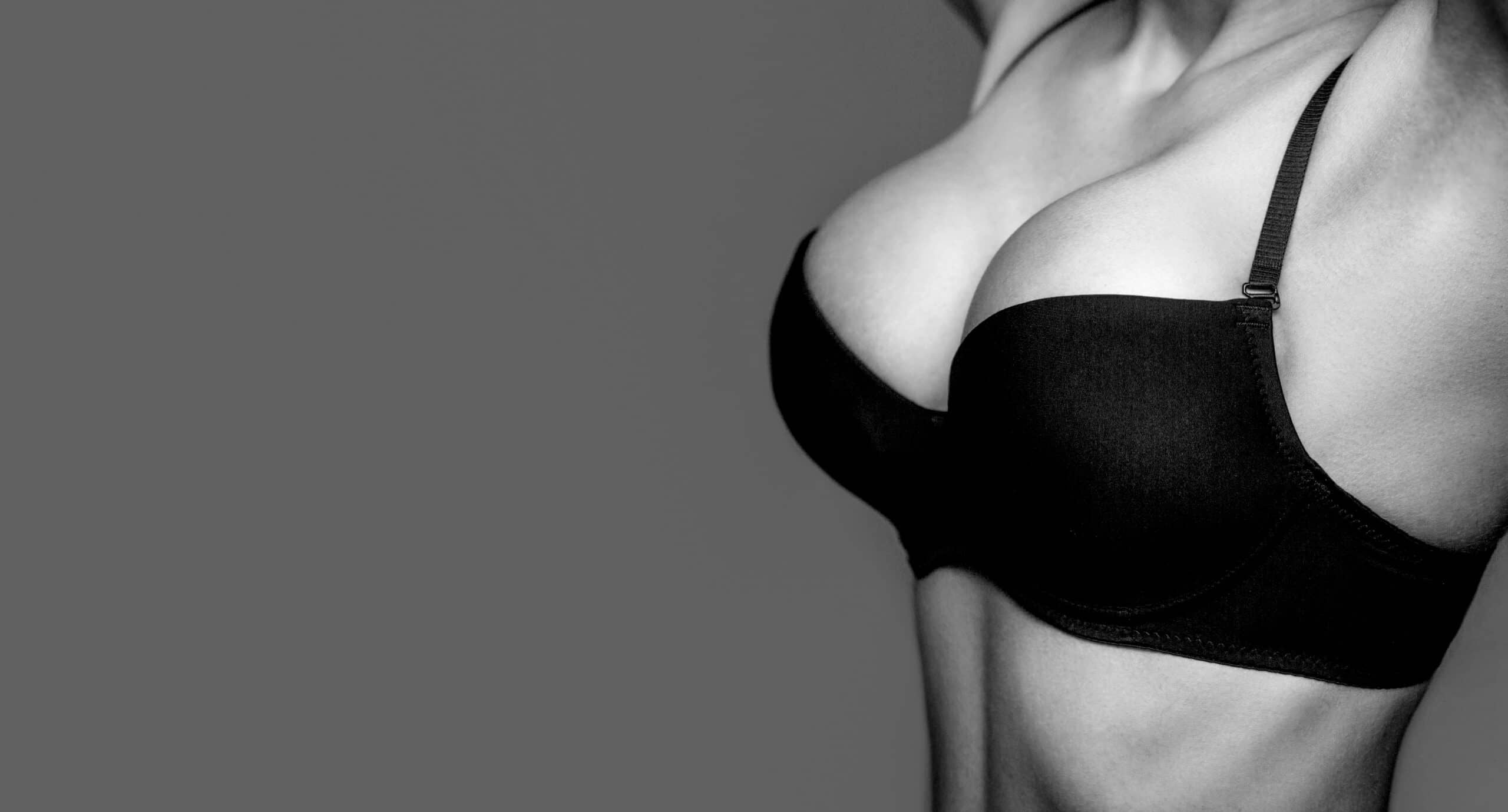
Women who choose to have breast reduction surgery usually have extremely large breasts. Often the size of their breasts is out of proportion to the rest of their body. This unbalance can result in back and spinal issues, poor posture, poor body image and often pain.
Breast reduction surgery is a procedure whereby the excess fat, glandular tissue and skin is removed, resulting in smaller and firmer breasts, that are naturally supported by the body. In addition, the procedure helps ensures that the individual has a more symmetrical breast. The outcome of breast reduction surgery is an appropriate and desirable size, shape and symmetry of the breasts. If you want to know about breast reduction cost, just go to the FAQ section where you will find some information about breast reduction cost.
Prior to having the surgery you will be shown photos, showing all of the shapes and sizes of breasts imaginable. You will then go through a consultation with the plastic surgeon of your choice and you can then choose which shape and size is best suited to your body. This is not a decision to be made lightly as these are the breasts you will have ideally for a long time, so it is important to familiarize yourself with what is possible and appropriate for you.
The breast reduction surgery procedure varies with each individual plastic surgeon. Some will make an incision around the nipple and areola. Usually, plastic surgeons follow a specific pattern when removing the fat, skin and glandular tissue of the breast. Depending on the size of the original breast, the surgeon may need to move or reposition the nipple a little higher or lower, depending on the new position of the breasts. If there is a large amount of fatty tissue, the surgeon may decide that it is necessary to remove this excess fat using liposuction, which is a small vacuum procedure. If there is little fatty tissue, the surgeon may decide to remove this with a scalpel.
Once the procedure is complete, the surgeon may feel that it is necessary to insert a small plastic tube into one or both of the breasts. This is placed in order to drain any excess fluid buildup around and inside the breasts. This small tube is used to prevent any complications during the healing process and once the breasts are complication free, the tube will be removed. Some plastic surgeons choose not to use drains.
Some surgeons use a low dose of local anaesthetic so that you do not feel the removal of the tube, however, some do not. These tubes do not require surgery or any invasive procedure to be removed and are usually taken away several days after the surgery, in an outpatient appointment in the plastic surgery clinic. Once the tubes have been removed, these may require a few tiny stitches, which can be done during your appointment. These stitches are usually dissolvable, so you will not have to worry about having them removed.
It is completely normal to have minor scarring after breast reduction surgery however; it usually depends on how different the new breasts are in relation to the position and shape of the your breasts before the surgery. The normal places to find scarring is around the nipple, areola, along the crease of the breast and down the crease of the breast. Follow the instructions given to you by the surgeon and be patient, the scars are usually minimal and the results worth it.
Risks and Complications
Generally, modern day surgery is considered safe.
There are a number of potential complications and risks associated with a breast reduction procedure. These complications and risks can be both physical and mental and need to be considered prior to having the surgery. It is completely normal to be advised about the ‘general anesthetic,’ as this is the law. There are issues that can arise, when under a general anesthetic, these include; suppressed breathing, heart failure and even death. Approximately one-third of patients who receive an anaesthetic during surgery will experience “anaesthesia sickness” or post-operative nausea and vomiting (POVN).
There are also complications and risks that can arise with the procedure itself these include infection, bleeding, bruising, potential loss of feeling all over the breast and the nipple.
Having a breast reduction procedure can also reduce the chance of being able to breast feed, limit movement of your shoulder, neck and arms. Delayed wound healing is another risk and complication and can result in keloid scarring which is where the scar becomes red and raised. This kind of scarring is not aesthetically pleasing and can result in a further surgery to remove the scaring. In addition, if the blood does not manage to get around certain parts of the breast, once the breast has been reduced, this could result in parts of the breasts dying and being lost. You will need to discuss these issues with your surgeon.
There are some factors which can increase the risk of experiencing these complications and these include if the patient smokes, is obese, has poor nutrition and if the individual has undergone any surgery or radiation in the breast area prior to the breast reduction.
Q. Does my insurance cover breast reduction cost of having a breast reduction?
A. If you are going for Breast Reduction surgery, consult your insurance company as most insurance companies will pay your breast reduction cost if you can prove that it is affecting you both physically and mentally.
Q. How long will I have to stay in hospital after the surgery?
A. The normal stay is around 4 days, however if there are any complications, this may result in your hospital stay being increased.
Q. How long does the surgery take?
A. Normally, the surgery will take approximately 2 to 4 hours.
Q. Will I be in pain after the procedure?
A. Normally, individuals will experience discomfort after undergoing this procedure, however the surgeon will prescribe pain relief for you to take home.
Q. How long after the surgery will I need to have my stitches out?
A. Normally, the stitches from your breast reduction procedure will be taken approximately 7 to 10 days after the surgery.
